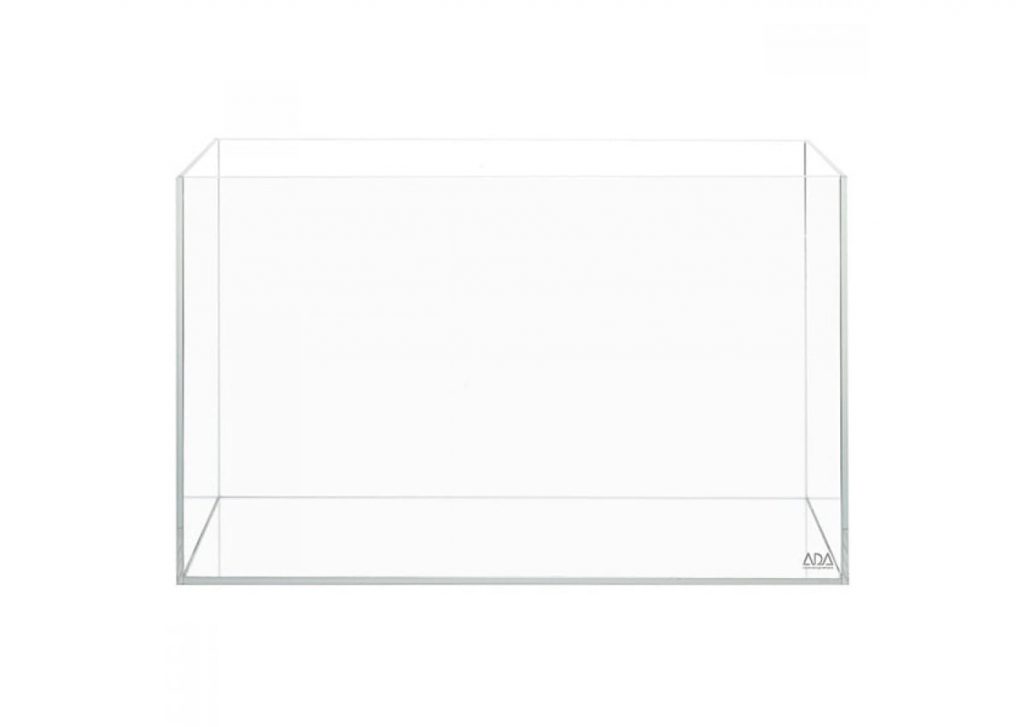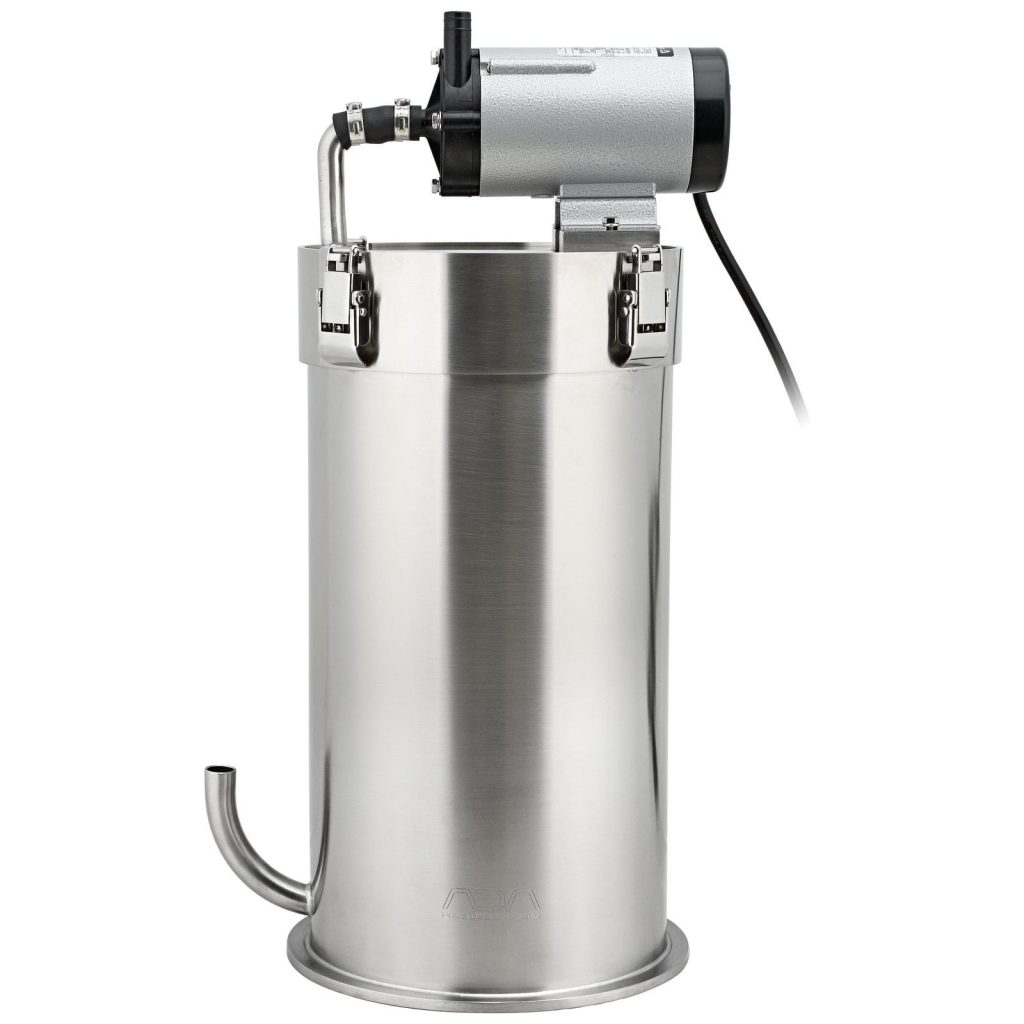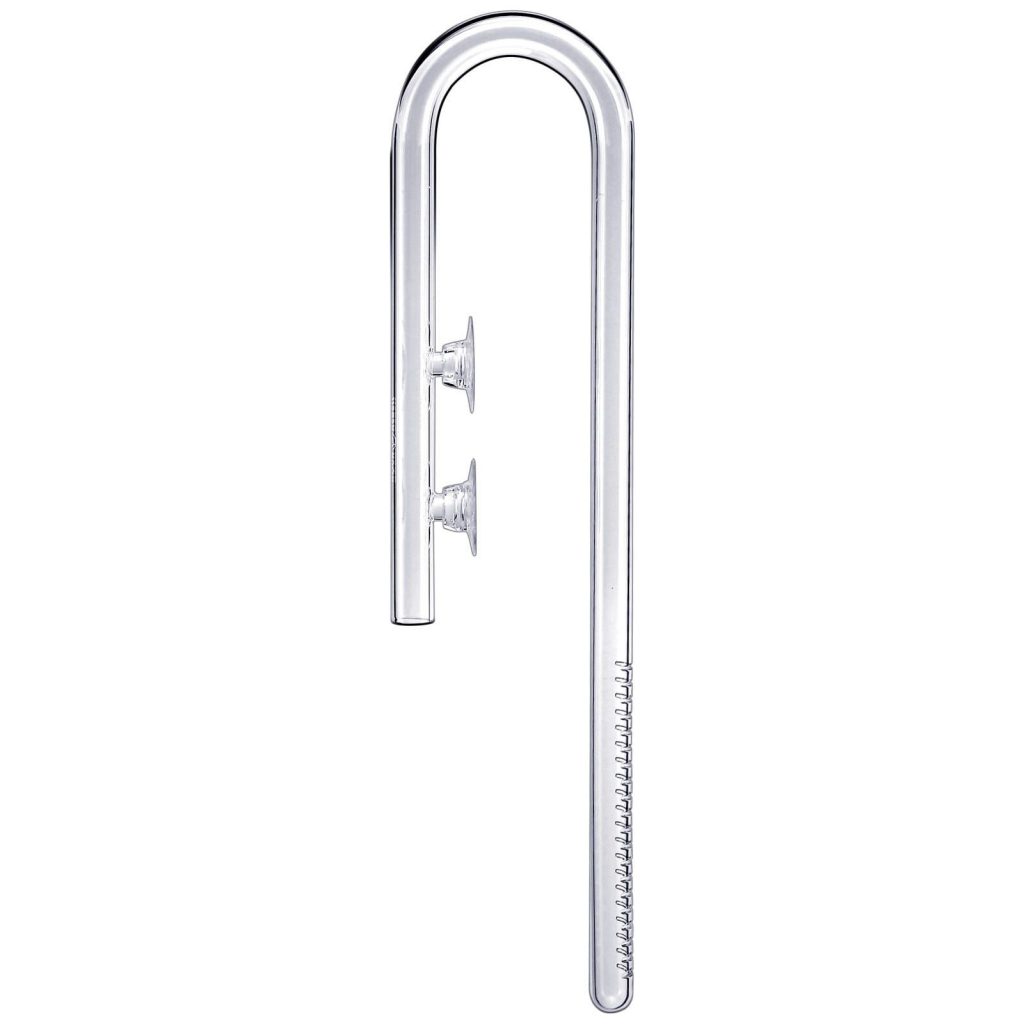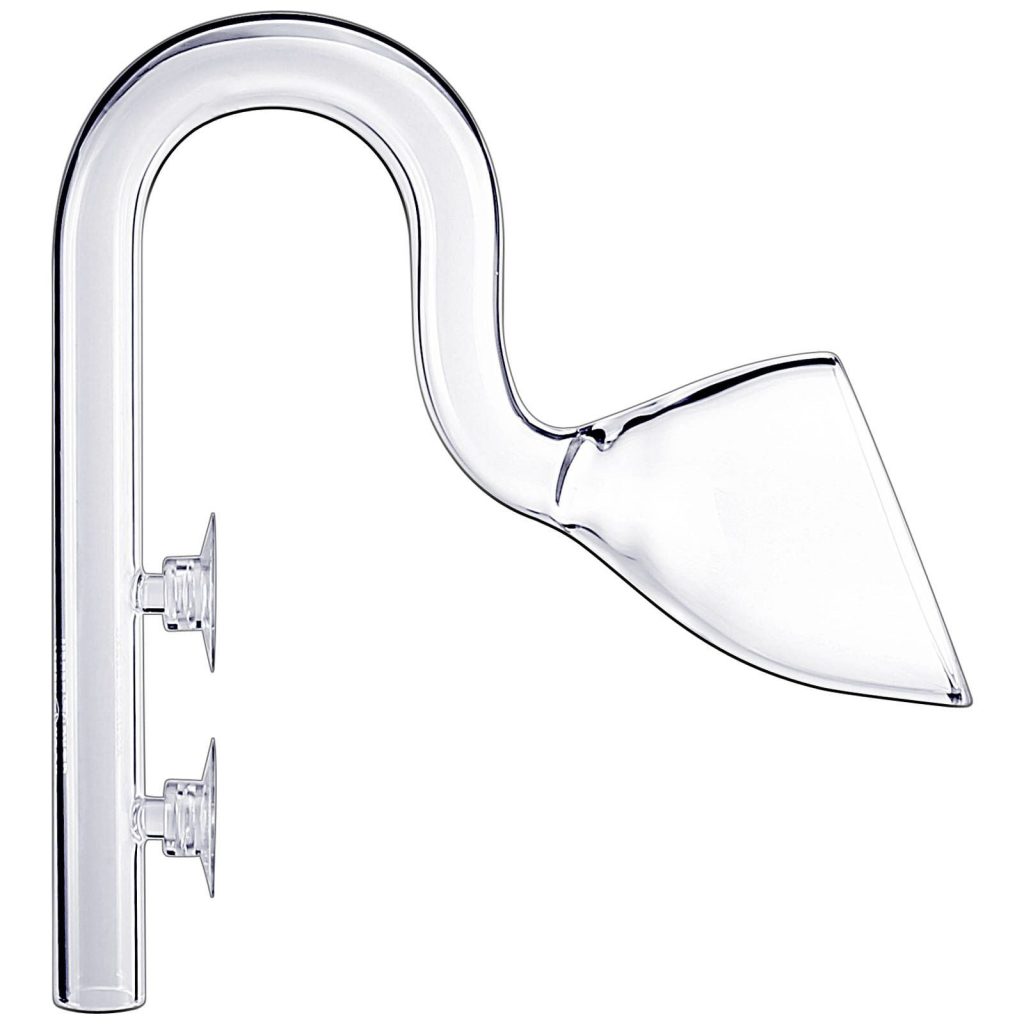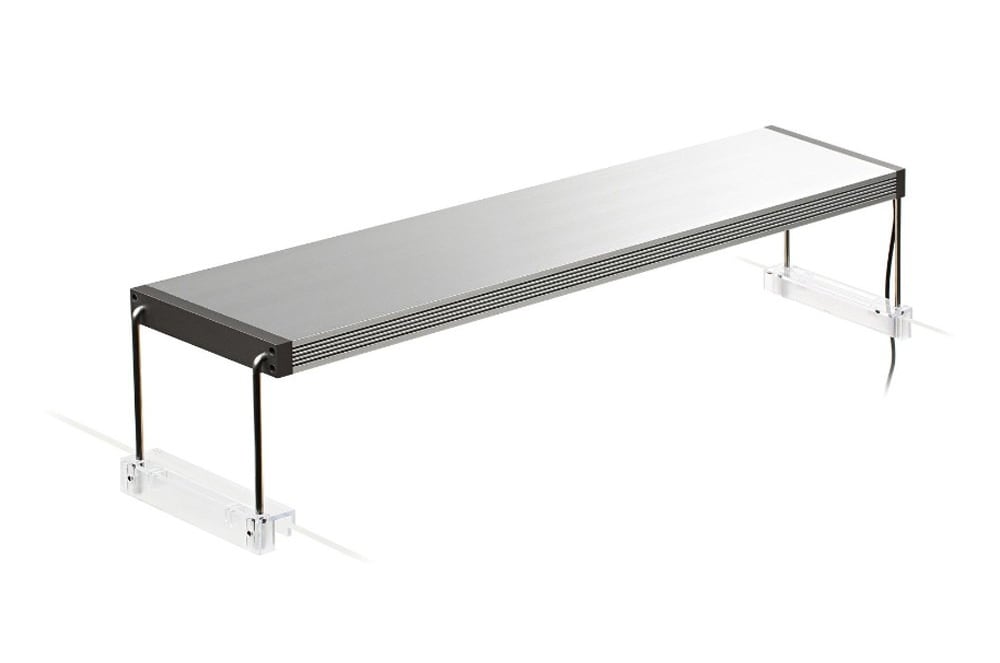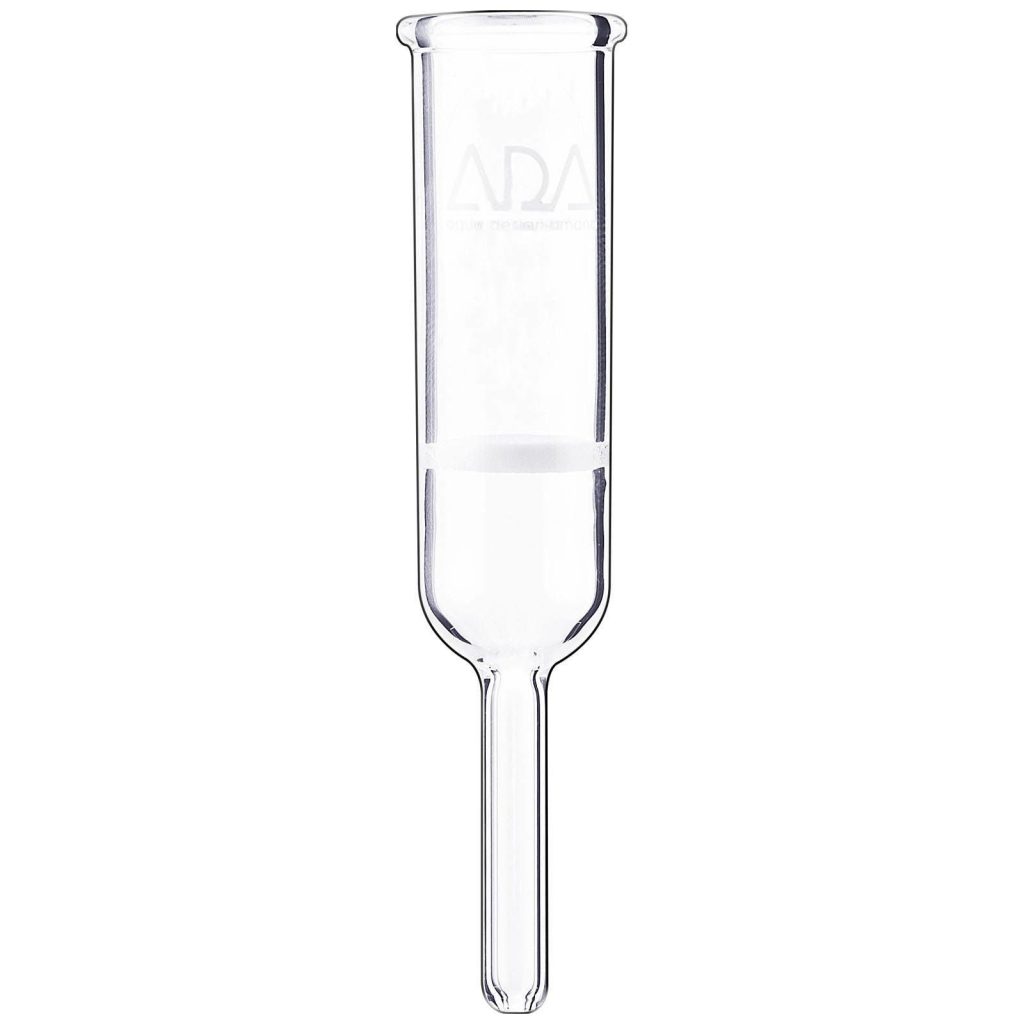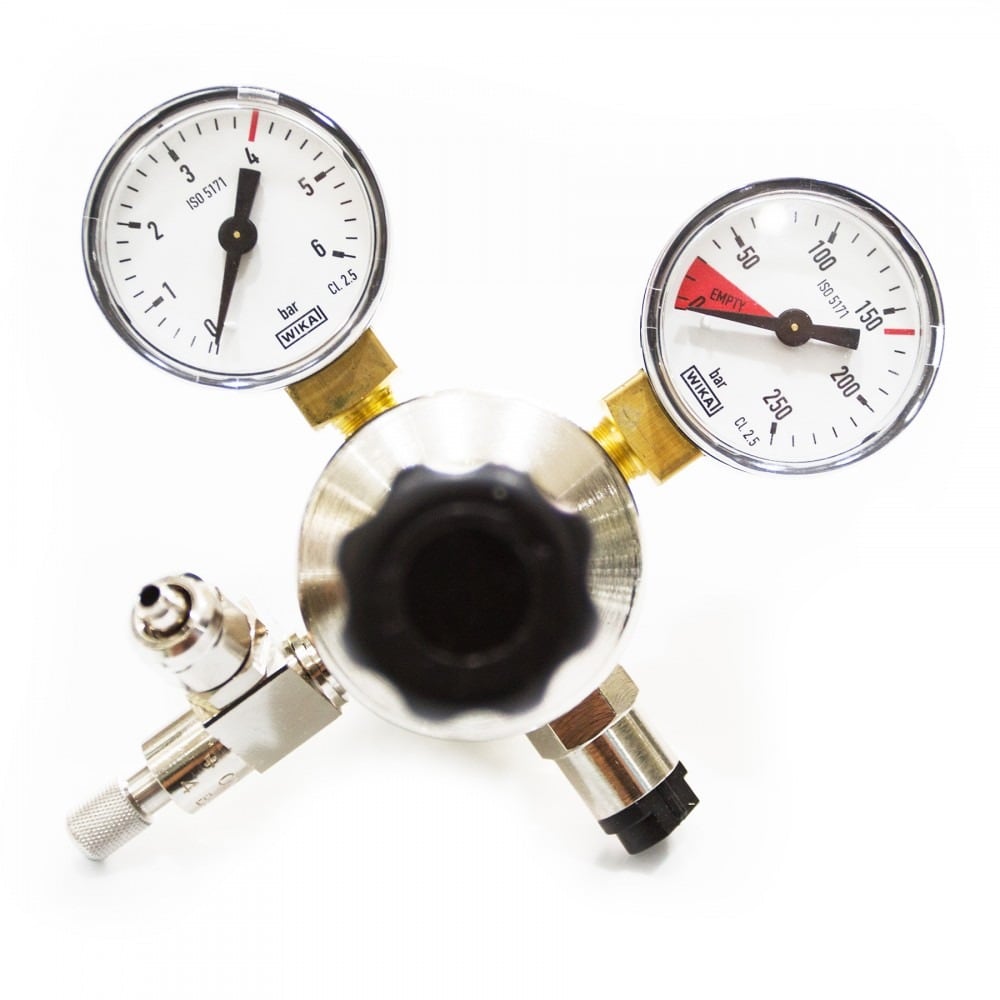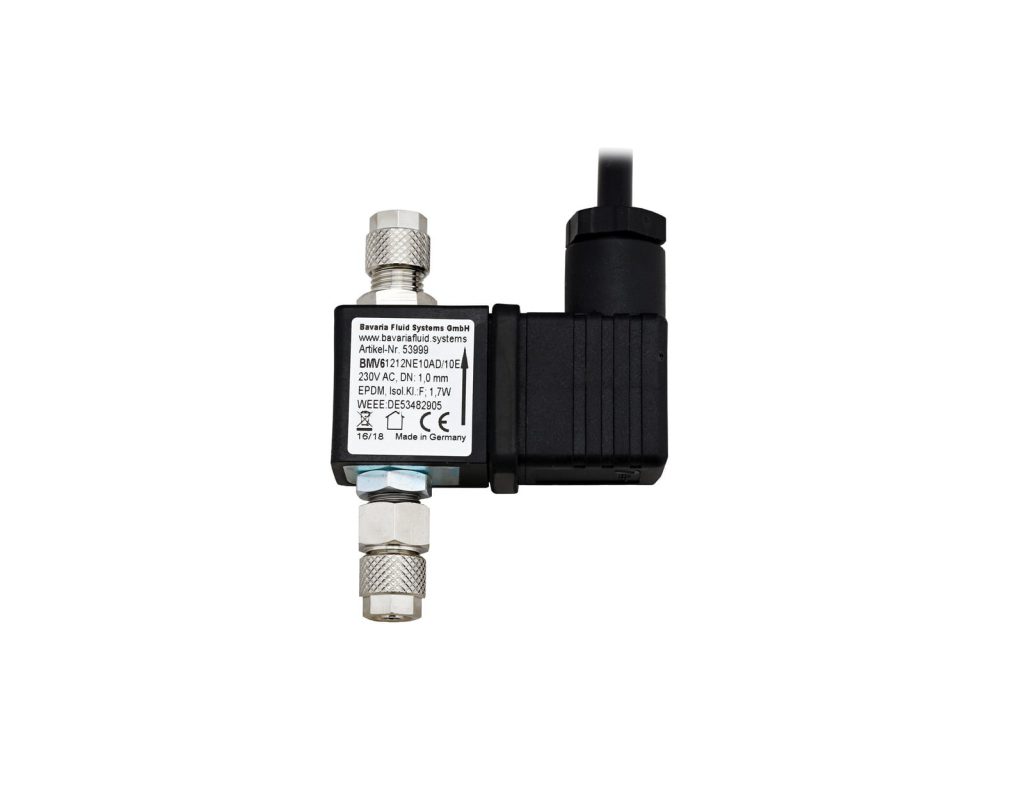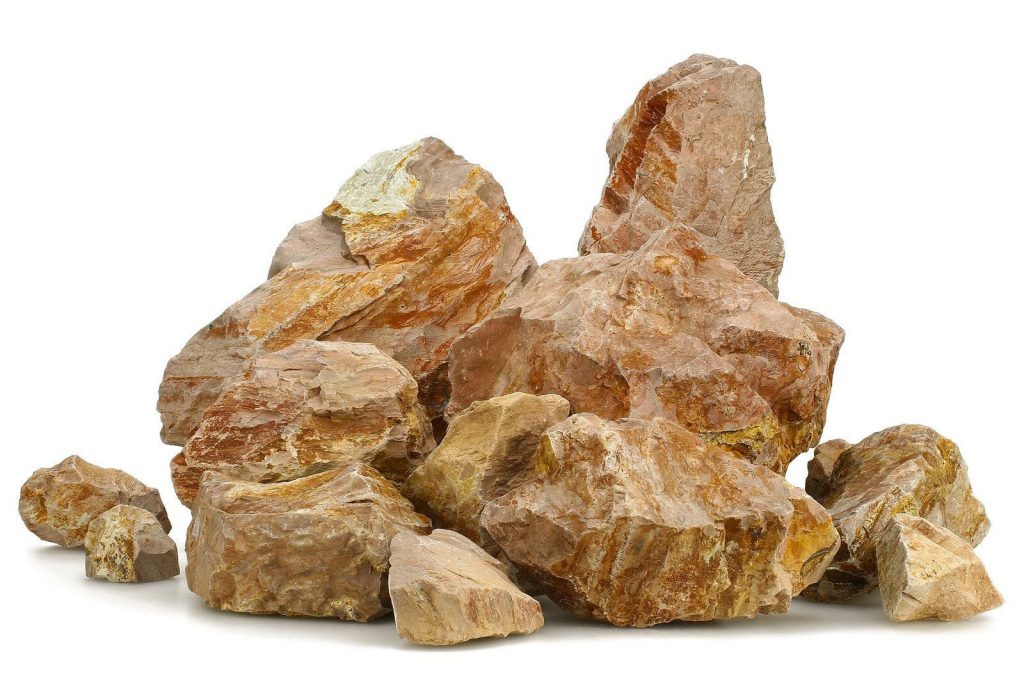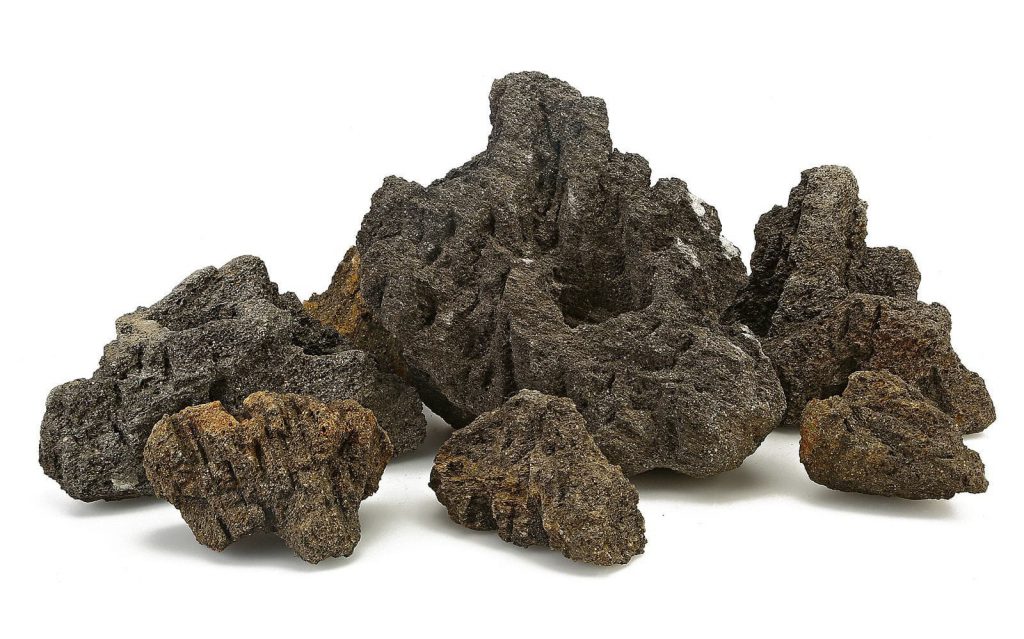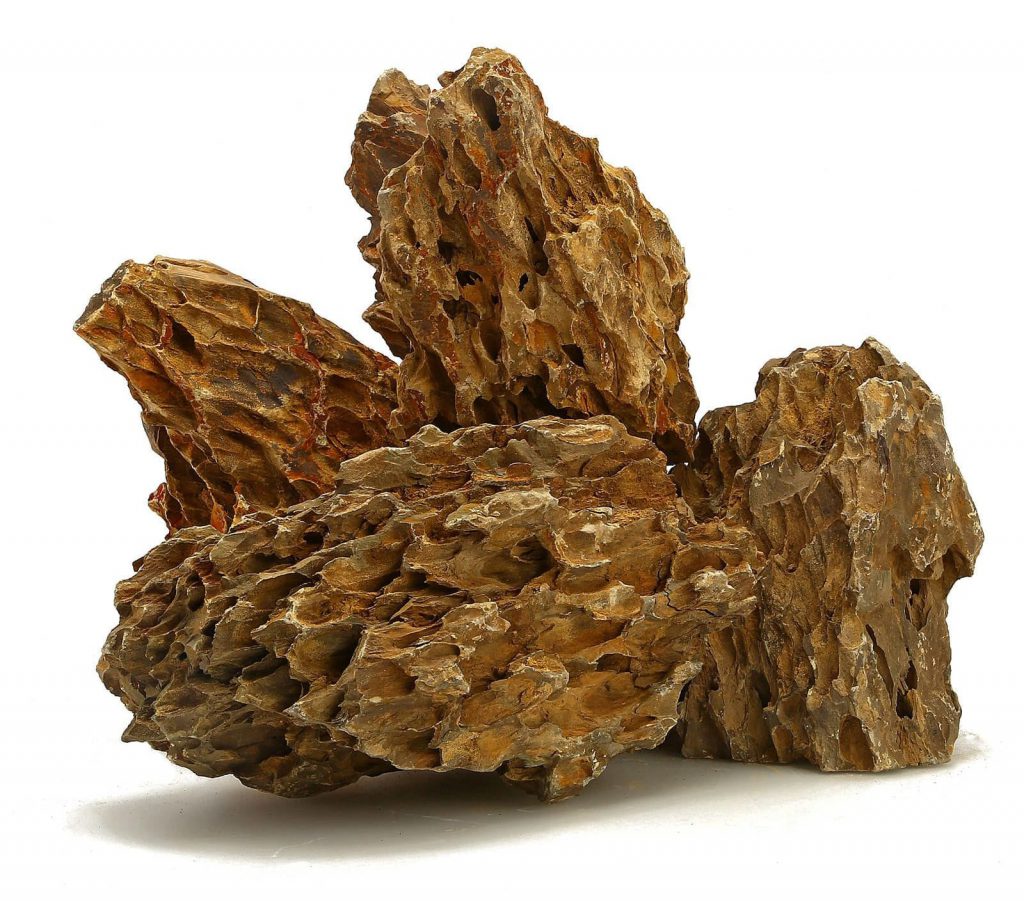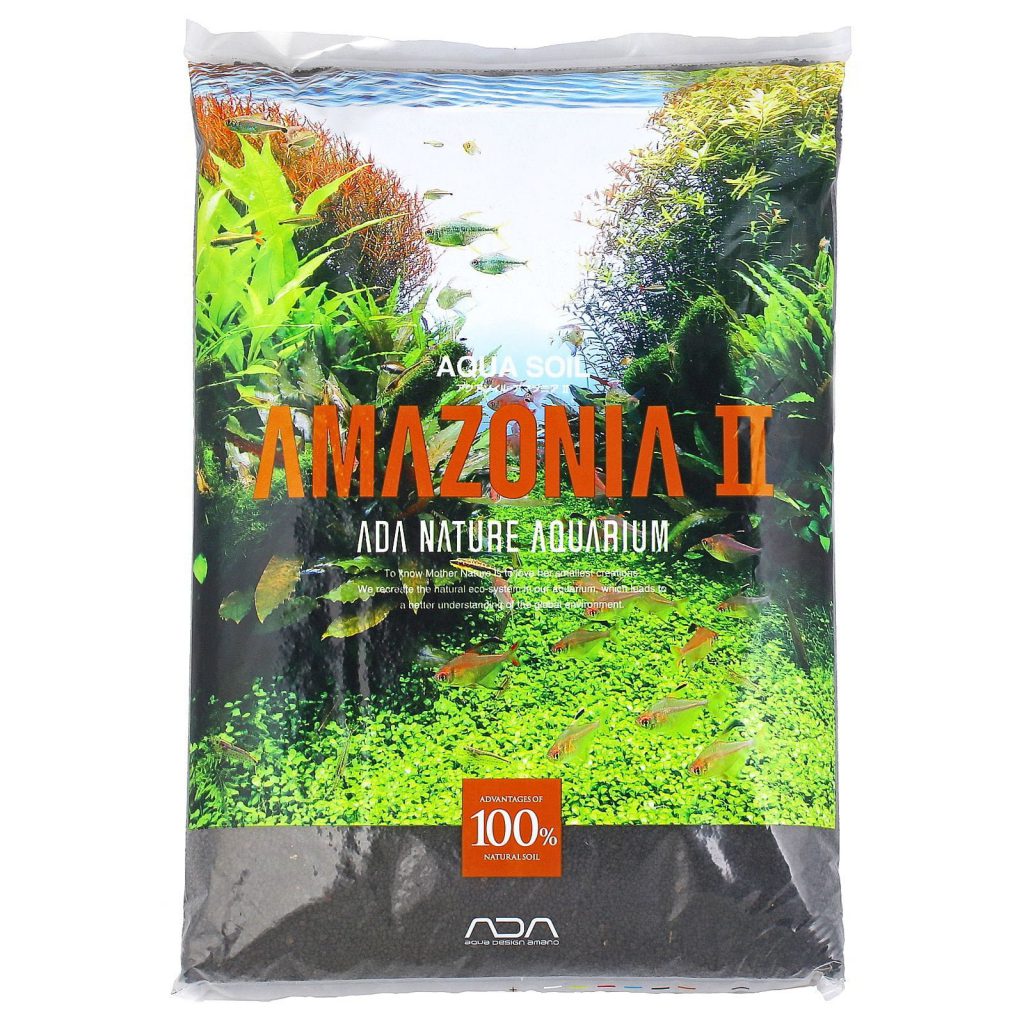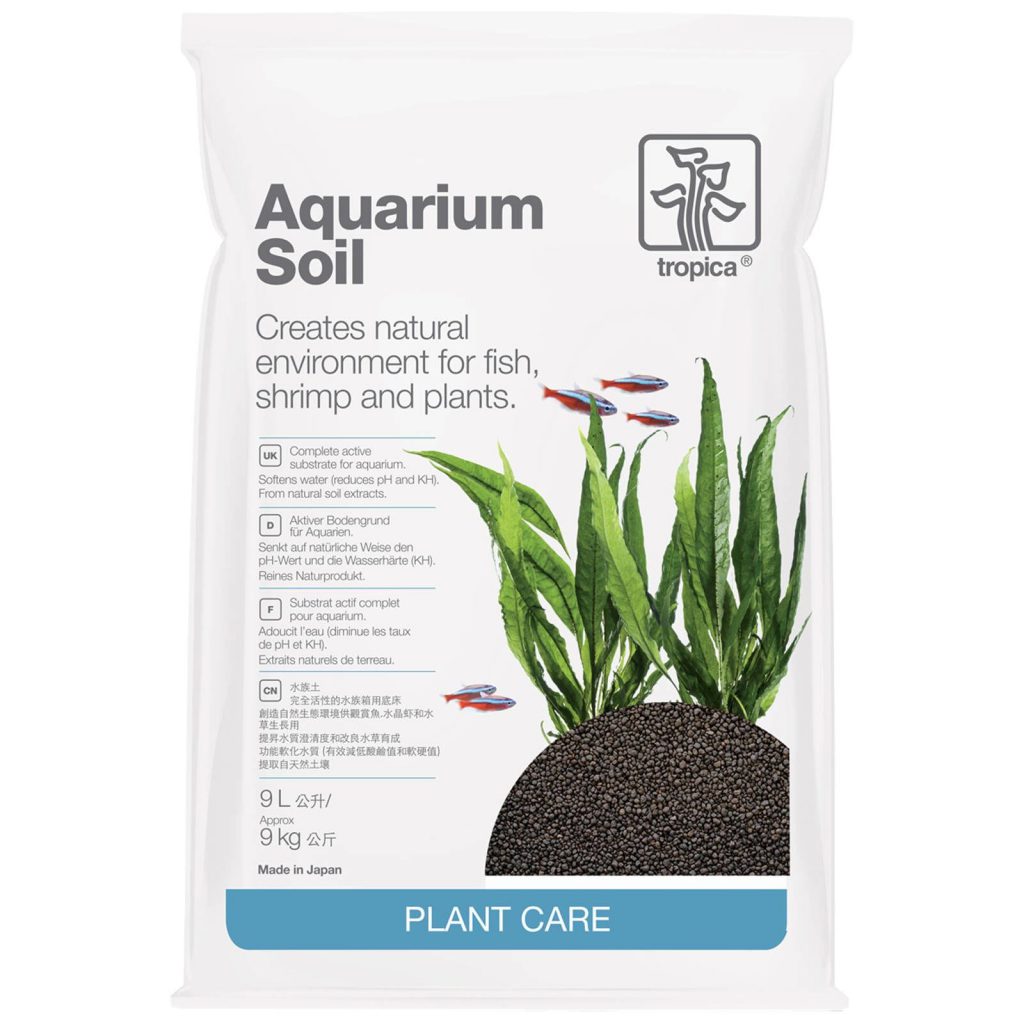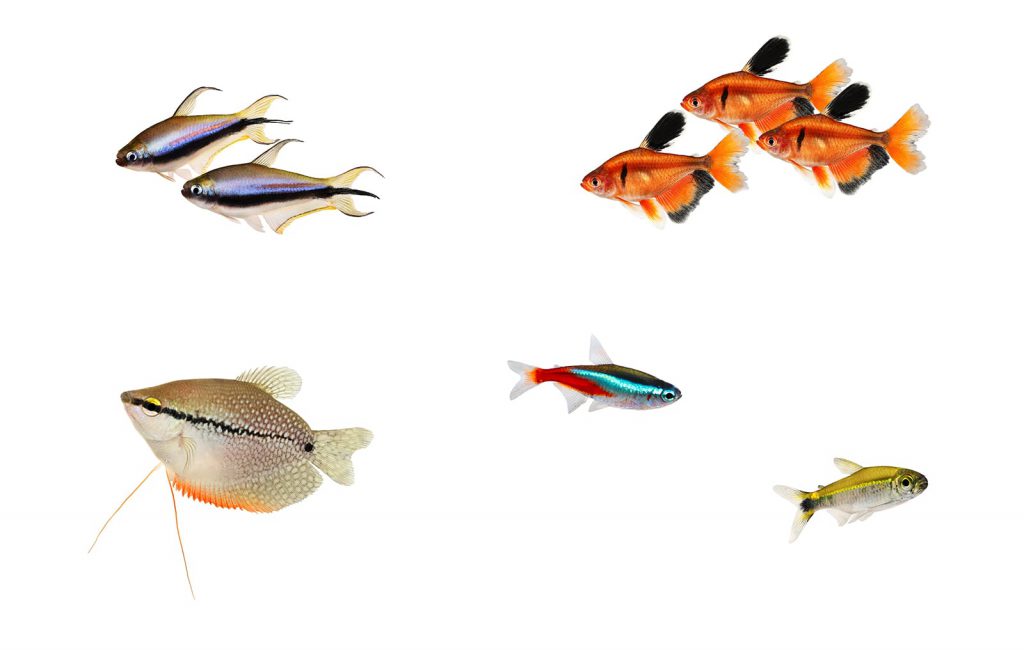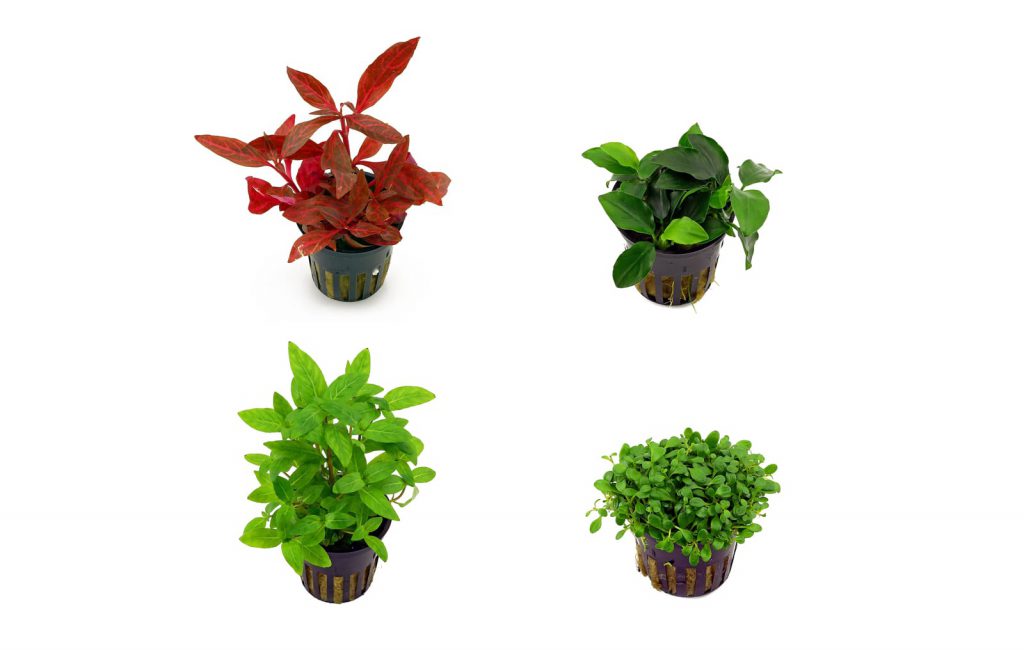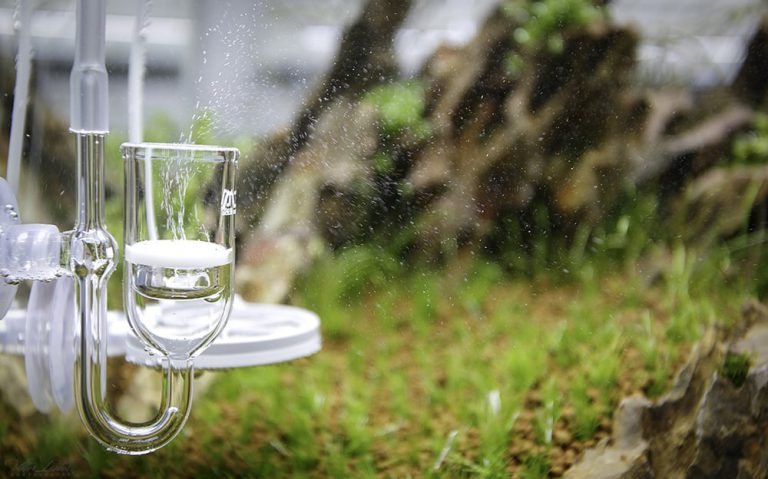You’ve finally decided: you want to build an awesome aquascape, like the ones you see in the most popular aquascaping contests. You’re an expert at fishkeeping or maybe you’ve just purchased your first aquarium ready to be filled with water and stocked with tropical fish and plants.
But you’ve always wondered: how much money do you need to spend in order to build your first planted tank? How much does aquascaping costs anyway?
Let’s break down the expenses by taking in consideration all the elements that make a complete aquascape, from the glass aquarium all the way to the technical equipment like aquarium filters, light systems, CO2 setups and lastly the flora and fauna.
Article contents:
- The glass aquarium
- Aquarium filters
- Aquarium light units
- CO2 systems and accessories
- Aquarium sand and gravel
- Aquascaping hardscape: rocks and wood
- Plant food (fertilizers)
- Aquarium plants and freshwater fish
- Aquascaping tools and accessories
- Final cost (get your wallets ready)
The Glass Aquarium
The glass aquarium has evolved massively in the past decades. Gone are the days when frames were used to keep an aquarium secure from breaking and making a disastrous mess in your house.
Nowadays, most of the aquariums on the market come rimless, with crystal clear (OptiWhite) glass and just a bit of silicone to keep it in place.
Silicone got so strong today that it can hold together aquariums with volumes of up to thousands liters of water.
Aquarium prices
As with other things on the market, it all comes down to the brand you’re buying.
Unless you plan to build it yourself, which we don’t really recommend (for safety reasons). But if you think you’re up to the task of building your own glass tank, this video should come in handy:
Now, regarding the store-bought aquariums, prices start from as low as $45 for a 20 liters nano aquarium measuring 36 x 22 x 26 cm (non-branded or manufactured by the store staff) up to bigger tanks like the ADA Cube Garden 60-P – 60 x 30 x 36cm, which sells at around $150.
Here are some more options for you to consider:
Store-branded Aquariums:
- 40 liters, 45x30x30 cm – $52
- Opti-White (Clear Glass) Aquarium – 60 liters, 45x30x45 cm – $100
- 182 liters, 90x45x45 cm – $210
- Opti-White (Clear Glass) Aquarium – 243 liters, 90x45x60 cm – $600
- Opti-White (Clear Glass) Aquarium – 648 liters, 180x60x60 cm 15mm – $2500
ADA Aquariums
- ADA Cube Garden 30-C – 30x30x30cm – $100
- ADA Cube Garden 45-P – 45x27x30cm – $120
- ADA Cube Garden 60-H – 60x30x45cm – $330
Size is a obviously one of the most important factors in choosing your glass aquarium, along with the brand.
One other thing worth mentioning is that an aquarium built with OptiWhite glass bumps up the price quite a bit, when comparing 2 aquariums of the same size.
Aquarium Cabinets
The aquarium cabinet has 2 functions: (1) it’s visually appealing as it’s a nice piece of furniture to put your aquarium on and (2) it serves as a housing for your technical equipment, like filters, CO2 canisters etc.
In order to safely hold the aquarium’s weight (filled with water and hardscape materials) most of the cabinets come with a strong metal or wooden frame on top of which they place MDF of plywood sheets, and that gives the cabinet a more aesthetically pleasing view.
As with the glass aquarium, there is the option of building the cabinet yourself and save some money. This also gives you the liberty to choose your own style and colors, which is awesome.
But, whatever design you choose, please make sure to build a strong frame which will safely hold the total weight of your aquarium.
Cabinet prices nowadays:
- Aquarium cabinet 45x25x70 cm – $260
- Metal Tank Stand – for 150 liters Tanks – $50
- Black Upright Aquarium Stand – for 280l and 340l Aquariums – $212
Aquarium Filters
Without an aquarium filter you can’t possibly maintain an optimum aquarium life inside your planted tank. If it’s one thing that you should not skimp on, then that’s the aquarium filter.
In terms of water turnover, the more the better. A common notion among expert aquascapers states that the filter must have a flow rate of 10x the volume of your planted tank. For example, for a 60 liters aquarium choose a canister filter with a flow rate of 600 l/h.
A high flow rate filter has the advantage of a bigger canister capacity, this means more filter materials which results in a more stable biological equilibrium in your planted aquarium.
Choose an external canister filter from a respected brand like Eheim, Tetra or Fluval, as you’re striving for 5+ years lifespan:
- JBL CristalProfi e402 Greenline – For aquariums from 40 L to 120 L – $105
- EHEIM 2271 professionel 4+ 250 external filter, For aquariums from 120 L to 600 L – $185
- Tetra EX 1200 Plus External Filter – For aquariums from 250 L to 500 L – $180
- ADA Super Jet Filter ES-600 for 45 cm Aquariums – $770
- Fluval FX6 Canister Filter – Designed for aquariums up to 1500 L – $340
Some cool accessories for your aquarium filter are the lily pipes. These are transparent glass tubes that connect to your filter’s intake and outtake. Lily Pipes create an ideal water flow for the optimal growth of your aquatic plants.
Lily pipe prices:
- Aqua Rebell Glass Lily Pipe, outflow – $35
- Aqua Rebell Glass Inflow – $35
Aquarium Heater
Unless you place your planted aquarium in a well heated room (>25C), you’ll also need to buy an aquarium heater. Choose an external heater, which connects to your filter’s tubing.
Expect to spend $50 for a Hydor External heater 200W.
Aquascaping Light Units
So many options here. The aquarium lighting have come a long way. Nowadays the biggest breakthrough among the aquarium light technologies is the LED (Light Emitting Diode).
One of the most important advantage of using LED lights lies in its energy efficiency, LED technology consuming up to 90% less power than incandescent bulbs. Others worth mentioning are: long lifetime, no warm-up period (LEDs light instantly), easy directional (you can point the light in any direction you want), friendly towards the environment, as they contain no mercury or other hazardous substances.
What about the LED light impact on my aquarium plants? You might ask. Well, in recent years, LED lighting has made some great progress in the aquatic light systems:
- By using LED lighting systems you get a better light penetration (as deep as 60 cm), which is of great advantage if your aquascaping includes carpeting plants.
- Better light spectrum – encouraging optimal plants growth.
- Lower costs of operation – because of its high energy efficiency your electricity bill will stay on the low end.
- Some LED light units come with a cool remote controlled spectrum, via an app, which allows you to select from an infinite variety of colors and intensities.
Here are some prices for aquarium LED lamps, from the cheapest nano tank light up to the very high-end aquarium lighting systems:
- Nano LED light- 1300lm/15W – $110
- Twinstar LED Light E for 60cm tanks – $190
- Twinstar LIGHT 600EA – 58-70 cm LED light – $215
- ADA Aquasky Moon 451 – 45cm LED lamp – $340
- ADA Solar RGB – LED light 130W – $1000
Aquarium CO2 Systems and Accessories
You can’t attain true aquascaping success without a professional CO2 system. Period. Lush and healthy plant growth is only accomplished by providing your aquarium plants with extra CO2.
Carbon dioxide (CO²) is one of the most important nutrients plants need in order to grow. Carbon is the one fundamental element that stands at the base of all life on Earth, underwater world included.
CO2 plays a central role in the planted aquarium, as plants extract CO2 from their environment and use it in the process we all know as photosynthesis. That’s why a plant’s growth rate is directly affected by the immediate CO2 availability.
Without CO2 addition, the plant’s growth rate will be dependent on the rate at which atmospheric CO2 balances into the tank’s water, which is of limited amount.
A basic CO2 system used in aquascaping is usually comprised of the following elements:
- CO2 cylinder – full of carbon dioxide in liquid form, packed under high pressure
- Pressure regulator – which enables a controlled output of CO2
- Needle valve – with the purpose of regulating CO2 flow precisely, is usually supplied with CO2 regulators
- Bubble counter – gives you a visual indication of how much CO2 is going into your water
- CO2 diffuser – it breaks down the CO2 bubbles into finer ones, which enables a more efficient distribution
- Solenoid valve – it cuts the CO2 distribution at night time (with the use of a timer)
Complex CO2 systems also use a pH controller, which is a small measurement device which electronically measures the pH value in the aquarium in a continuous manner (with the help of a pH electrode).
Prices for CO2 system parts:
- 2 kg CO2 cylinder (unbranded) – $110
- CO2 regulator – $63
- Solenoid valve – $40
- ADA Pollen Glass diffuser – $80
- Gush glass bubble counter – $18
- Silicon tubing – $10
Aquarium Sand and Gravel
If you plan to source your sand and gravel from nature, make sure to wash it properly in order to get rid of dirt and other residue.
There are a couple of options to buy from while browsing through your local aquascaping store:
- Seachem Onyx Sand 7 kg – $40
- ADA Aqua Gravel S 15 kg – $40
- JBL Sansibar Dark 10 kg – $20
- Dennerle Crystal Quartz Gravel Diamond black 10 kg – $24
- ADA La Plata Sand Big 8 kg – $40
- ADA Colorado Sand 8 kg – $40

ADA La Plata Sand Big. 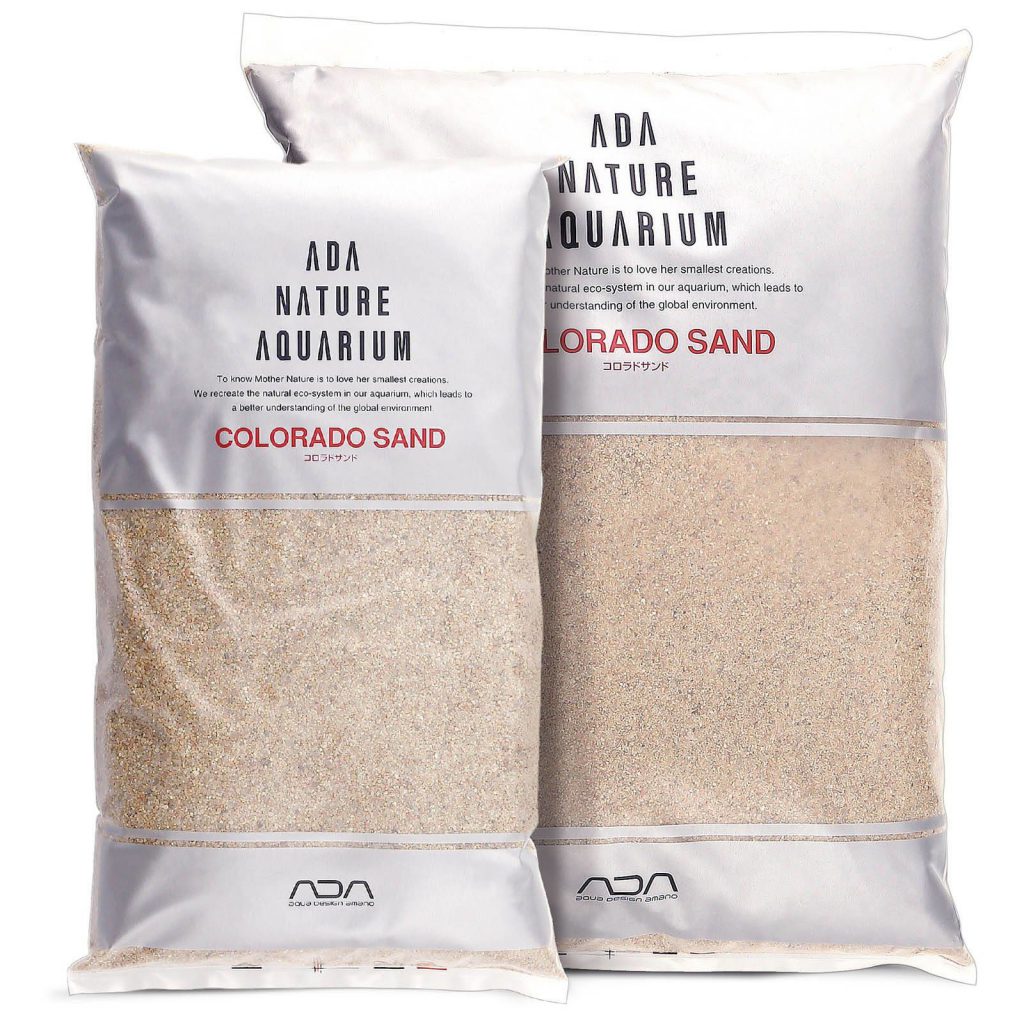
ADA Colorado Sand. 
ADA Aqua Gravel. 
Seachem Onyx Sand. 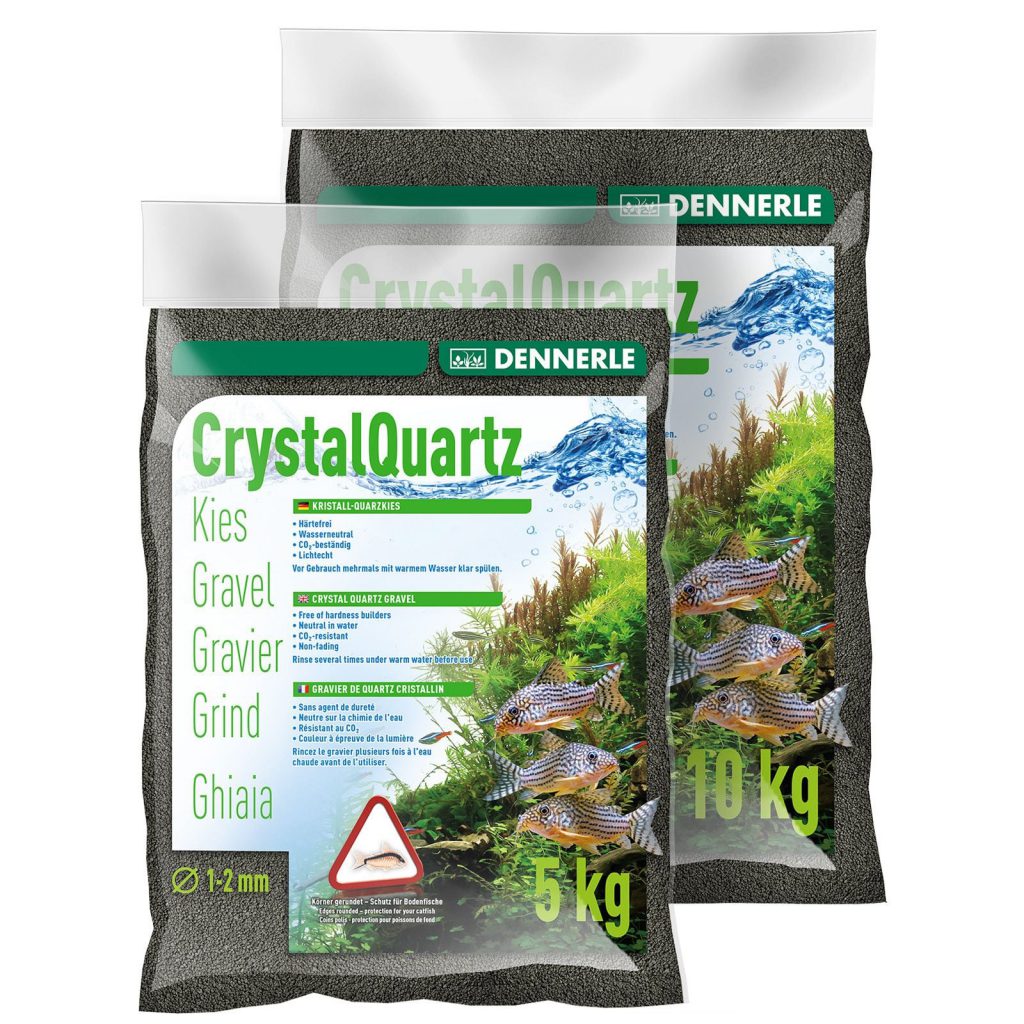
Dennerle CrystalQuartz Sand. 
JBL Sansibar Sand.
Aquascaping Hardscape: Rocks and Wood
This is where you can easily save some money, as aquascaping wood and stones can be found in nature.
Aquascaping Rocks
Depending on where you live, you can source Seiryu, Dragon stone, or even Elephant skin rocks.
Be careful though, as some rocks are not suitable for your planted aquarium. This carbonate type of rocks will usually change your water’s chemistry by increasing the hardness (GH) and the pH.
Try to avoid the following: Marble, alabaster, sandstone, dolomite.
If you plan to buy rocks from your local or an online aquascaping store, here are some options:
- Seiryu rocks, Ohko Dragon rocks: $7 / kg
- ADA Unzan rocks: $27 / kg
- ADA Kei rocks, Koke rocks: $190 / kg
Aquascaping Driftwood
Go on a hike and you can find old fallen branches which make good aquascaping wood. Whatever wood you collect, make sure to treat it and cure it well before placing it into your aquarium.
Start by scraping off any debris or dirt using a hard brush. Do not use any chemicals or soap when washing your aquascaping wood.
If the wood floats, soak it in a large bucket for a period between 1 and 2 weeks in order to water-saturate it.
Prices for aquarium driftwood start as low as $5 and go up to hundreds of $, depending on the size of the wood.
Plant Fertilizers
Plant ferts come in 2 forms:
- solid – aquasoils or fertile aquarium substrates, which are rich in valuable organic nutrients
- liquid – containing micro and macro elements beneficial to plant growth.
The aquasoil has 2 functions: (1) it provides support for your plants’ root system and (2) it creates a nutritional base within your aquascape.
There are plenty of options on the market, but among the top 10 best aquasoils are the following:
- Tropica Aquarium Soil 9 liters – $35
- ADA Aqua Soil Amazonia II 9 liters – $43
- Dennerle Scaper’s Soil 8 liters – $35
Liquid plant fetilizers are added in the water on a daily or weekly basis. They contain various macro & micro elements which help in promoting good plant health.
Among these, the most important are: Iron, Nitrogen, Phosphorus, Potassium and trace elements like Boron, Cobalt, Copper, Manganese, Molybdenum, Zinc and Nickel.
Prices range from $5 to as much as $20, for ADA liquid fertilizer:
- Easy Life ProFito micronutrient fetilizer 250 ml – $5
- Tropica Specialised and Premium Nutrition 125 ml – $8
- Dennerle Scaper’s Green – nutrients and trace elements 250 ml – $12
- Seachem Flourish – Complete fertilising complex for aquarium plants 250 ml – $14
- ADA Green Brighty Neutral K – Liquid potassium fertilizer for planted aquariums 300 ml – $20
- ADA Green Brighty Mineral – Liquid trace elements fertilizer for planted aquariums 300 ml – $20
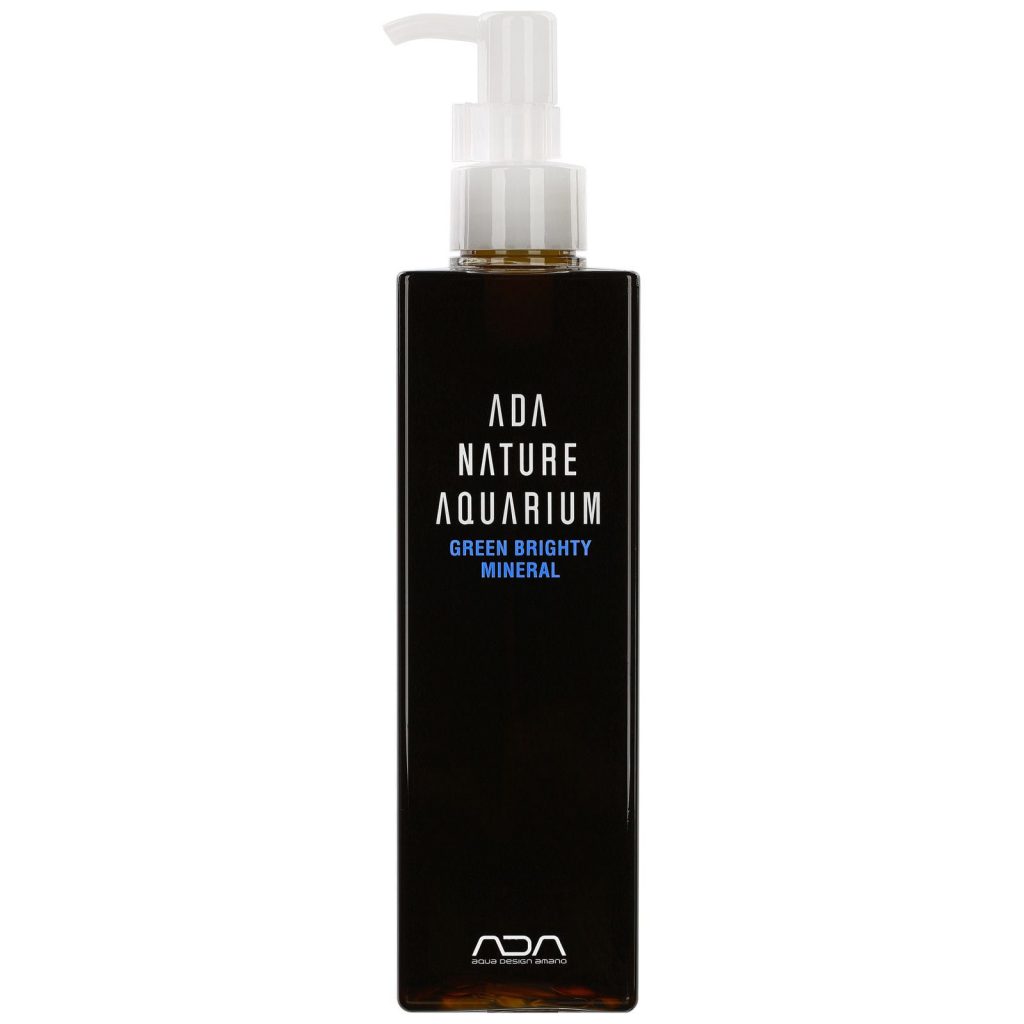
ADA Green Brighty Mineral. 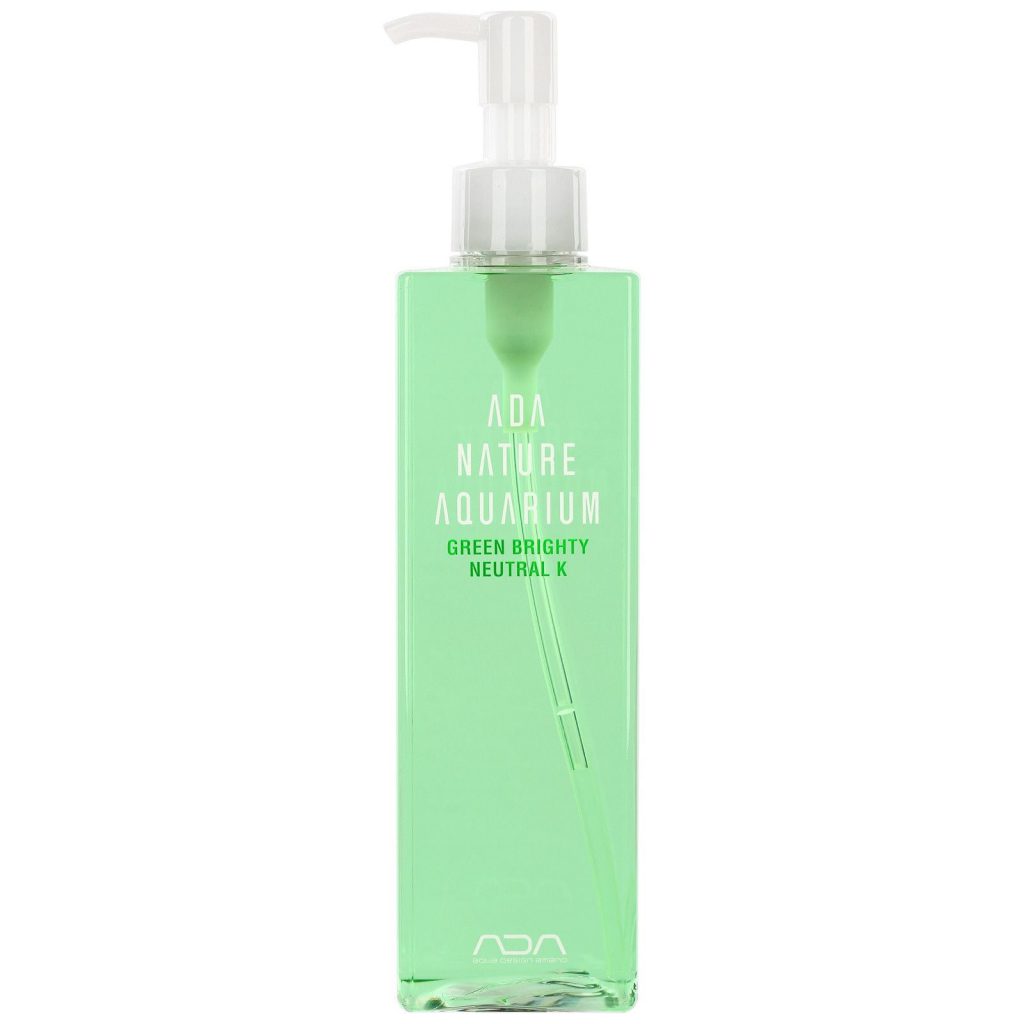
ADA Green Brighty Neutral. 
Dennerle Scaper’s Green. 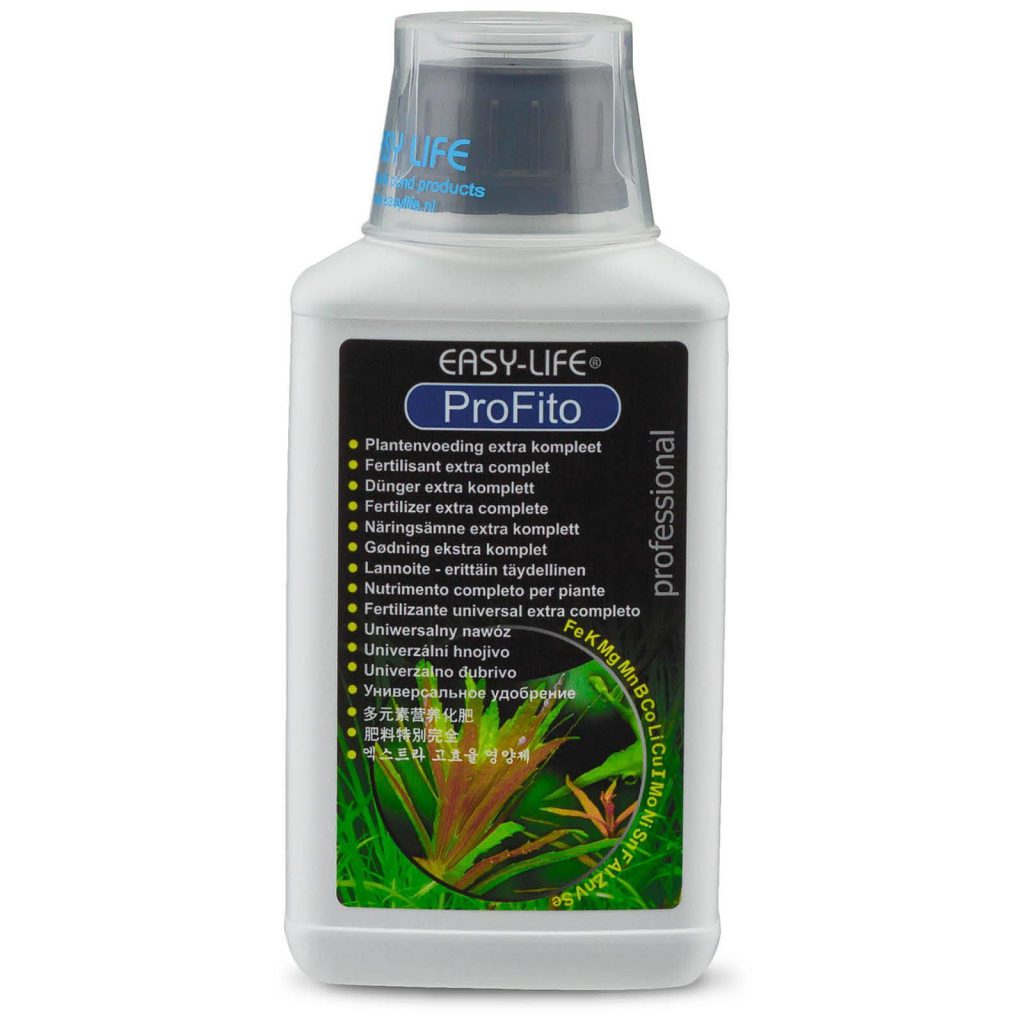
Easy-Life ProFito. 
Seachem Flourish. 
Tropica Premium Nutrition. 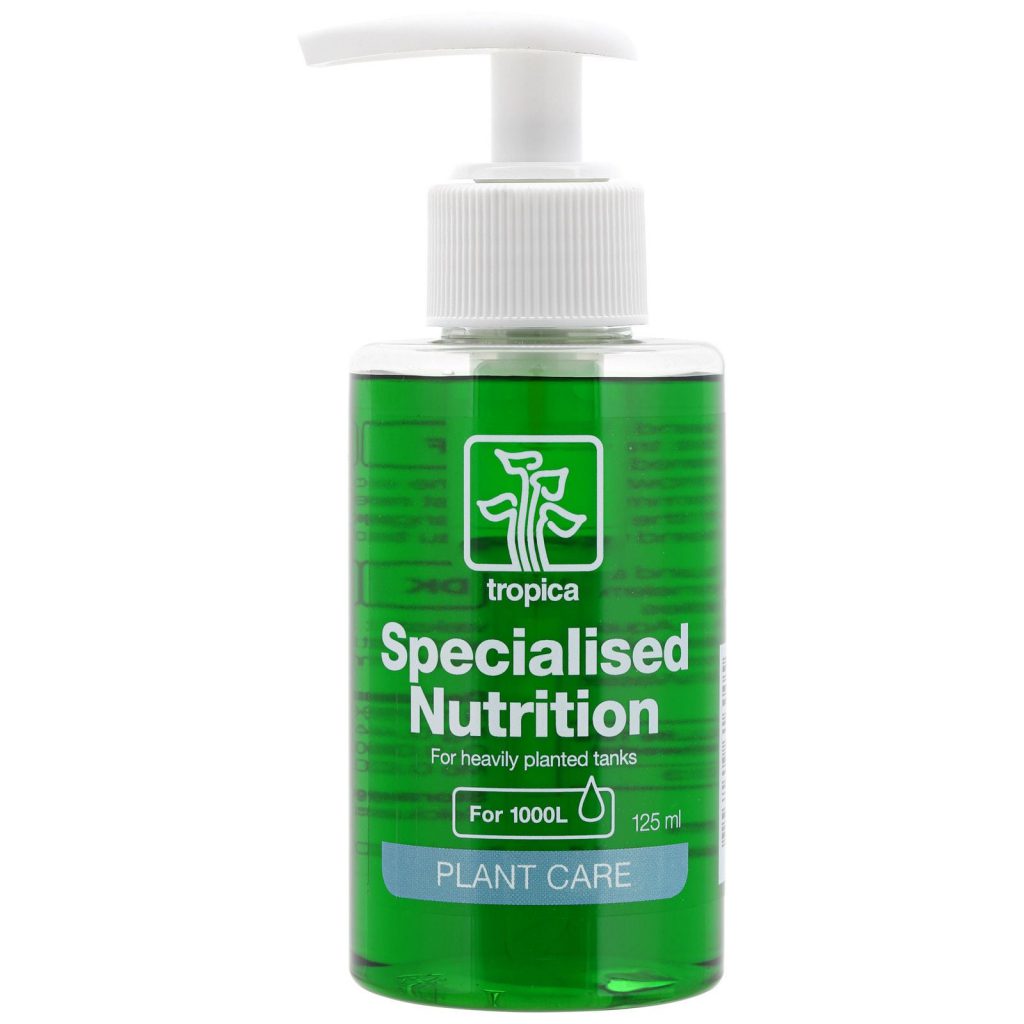
Tropica Specialised Nutrition.
Aquarium Plants and Freshwater Fish
There are almost 200 known aquatic plants and around 50 tropical fish which you can choose from (suitable for aquascaping)
With this abundance of aquarium flora and fauna, you have plenty of choices. Just make sure that the plants you choose are within your level of aquatic expertise and the fish do not possess destructive behaviors, like unrooting your plants, nipping at them and disturbing your overall aquascape design.
We tend to think that aquatic plants and freshwater aquarium fish are pretty cheap nowadays and most aquascaping stores keep a good stock of both.
Fish can be bought for as little as $1 and the prices for aquatic plants start at $2 – $3 and go up to $15 – $20.
Aquascaping Tools and Accessories
Although not mandatory, there are some useful aquascaping accessories which will come in handy.
Most of them fall into the Aquascaping maintenance category, like:
Tube brush for cleaning your filter tubes and lily pipes: starting at $5.
Sand flattener – a long metal tool that helps in laying out your aquarium substrate, sand or gravel – $10.
Water-safe plant glue – fairly new, this glue can be used when attaching aquatic moss or other plants to your hardscape (wood or rocks) – $10.
Trimming scissors – made of high-quality stainless steel, they have a curved shape which allows you to easily trim you stem plants. Prices vary depending on the manufacturer and start at $22 and go up to $130 for an ADA one.
Planting tweezers – a very handy tool for planting carpeting plants like HC Cuba, Marsilea hirsuta, Glosso or Eleocharis acicularis. $7 – $50.
Tool stands – a cool aquascaping accessory that keeps your tools together in one place. Price from $8 up to $280 for the bigger stands made out of steel.
Twinstar – a revolutionary device that prevents and kills algae formation in your planted aquarium.
This is how they describe the Twinstar product on their website:
TWINSTAR inhibits green algae effectively without harmful influence on aquarium ecological environment, and keeps aquarium clean by eliminating spores from the initial propagation.
Prices start at $145 for the M3 version and around $180 for the more advanced Nano+ product.
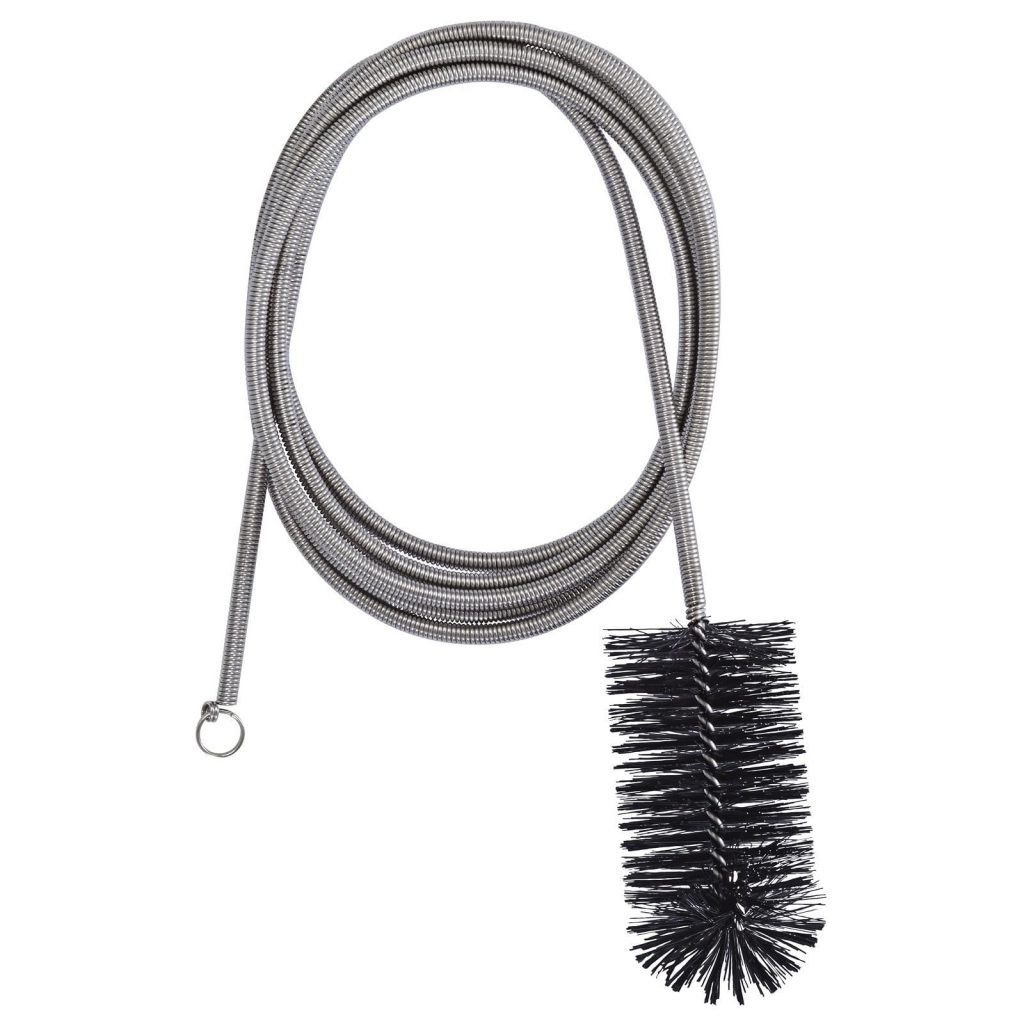
Tube brush. 
Sand Flattener. 
Seachem Plant Glue. 
Plant Trimming Scissors. 
Planting Tweezers. 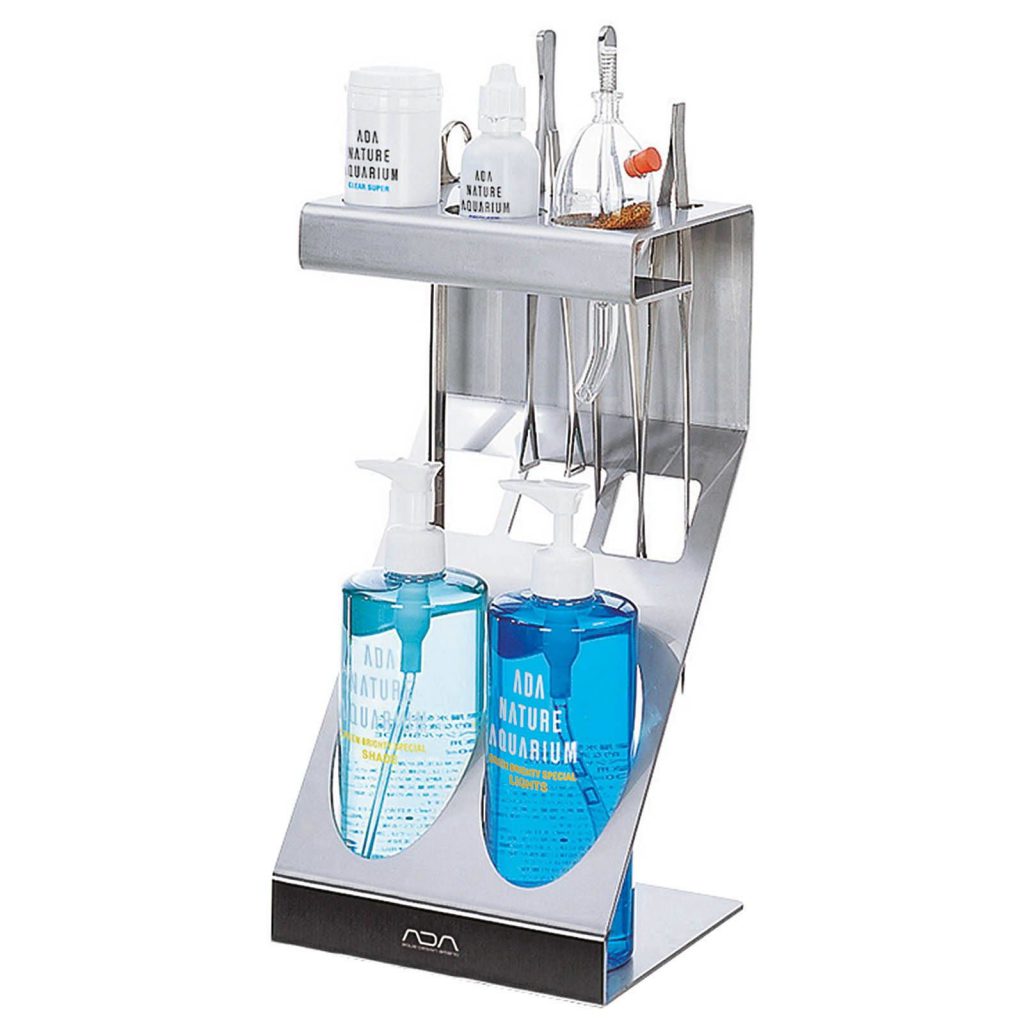
ADA Tools Stand. 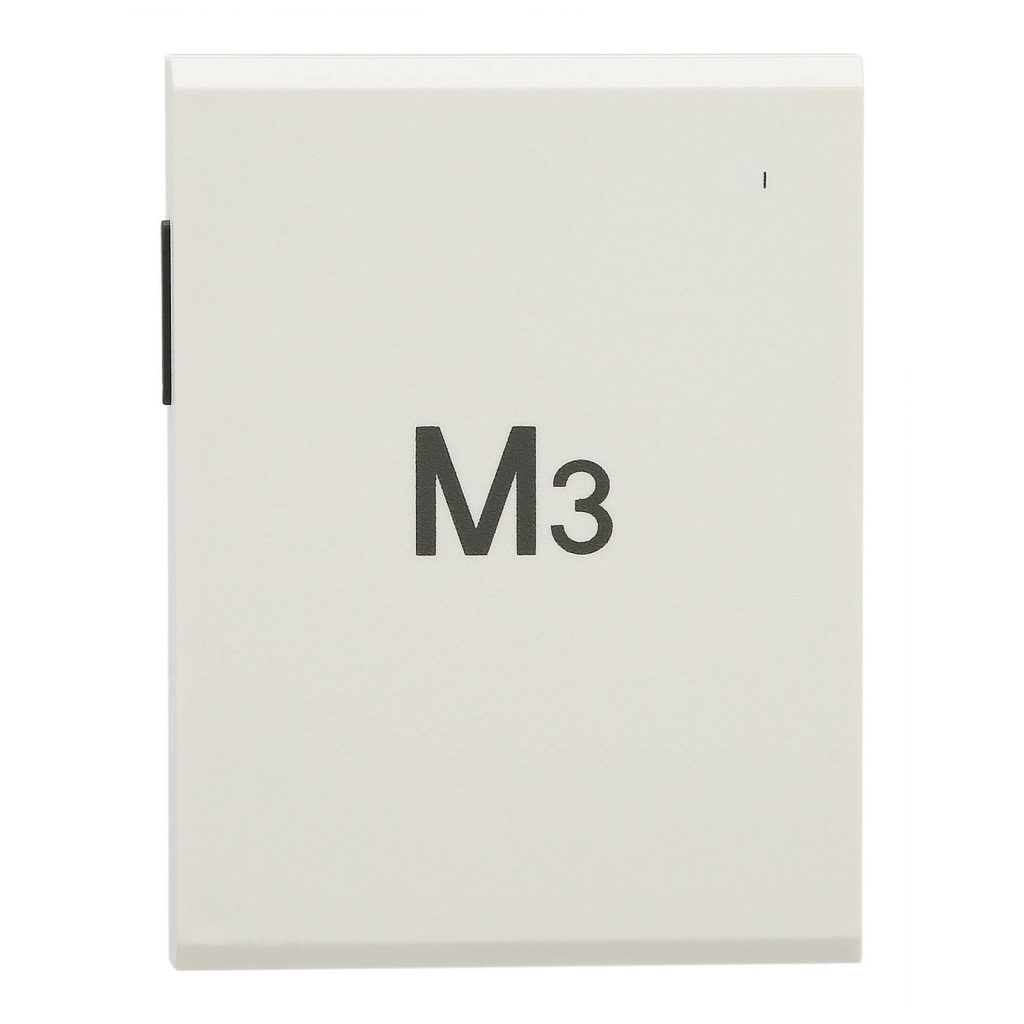
Twinstar M3.
Final Cost
Based on the examples in this article, let’s add up some numbers and find out how much it would cost you to build a decent aquascape aquarium.
Drumroll please…
Total cost: $971
In the price above we’ve included the following: a 40 liters non-branded aquarium, the cheaper metal stand, a suitable external canister filter, external water heater, Twinstar LED lamp, a basic CO2 system, aquasoil, ADA aquascaping sand, liquid fertilizer, aquatic plants and fish and no hardscape and accessories.
Please note that this is just our example of how much building an aquascape aquarium would cost. The price YOU’ll pay in the end could be very different depending on your region, the store you buy from and ultimately, your allocated budget.
How much did it cost you to create your dream aquascape? Tell us in the comments below.


